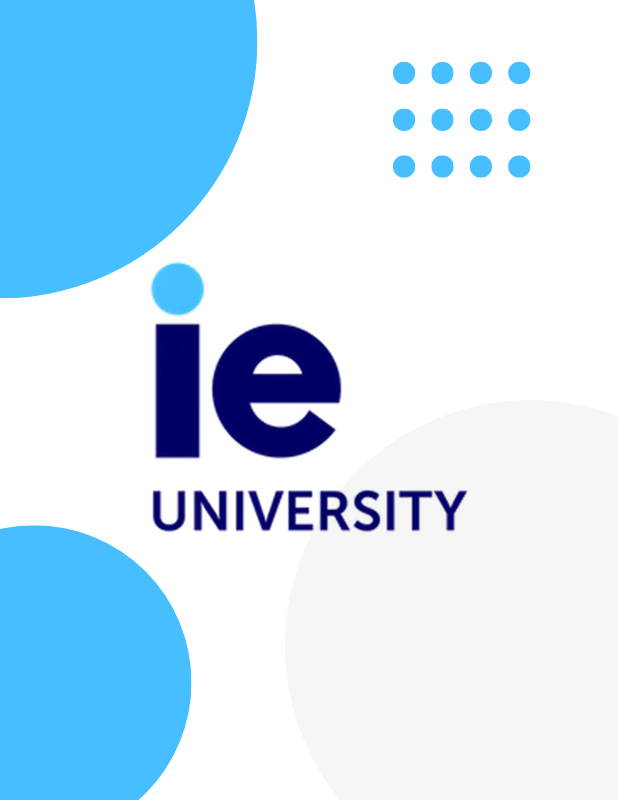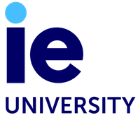Les damos la bienvenida al Repositorio de Universidad IE, una plataforma de acceso abierto que recoge, gestiona y preserva la producción académica e investigadora de nuestra universidad. Este repositorio tiene como objetivo mejorar la visibilidad y el impacto de nuestra comunidad investigadora a la vez que cumplir con los mandatos de acceso abierto de las agencias financiadoras y las políticas institucionales, como los mandatos europeos, la Ley 17/2022 de la Ciencia, la Tecnología e Innovación; así como con los requisitos de la Agencia Nacional de Evaluación y Acreditación (ANECA) para las convocatorias de acreditaciones y sexenios.
Explora las comunidades
Publicaciones destacadas

 Visitas:0
Visitas:0 Descargas:0
Descargas:0Constraining Ministerial Power: The Impact of Veto Players on Labor Market Reforms in Industrial Democracies, 1973-2000
This article investigates how veto players affect the reform of labor market policies in advanced industrial democracies. Complementing Tsebelis’s veto player model with the assumption of ministerial agenda control within the cabinet, the argument is that the constitutional and partisan distribution of veto power affects the capability of ministers to change the status quo in line with their partisan goals. This claim is tested with panel data on unemployment insurance entitlements and employment protection legislation in 20 OECD countries between 1973 and 2000. The central finding is that veto players constrain the power of ministers, cabinet ministers and prime ministers alike, to pursue their partisan interests. The partisanship of ministers shapes reforms only if the ideological distance between veto players is relatively small, and the influence of ministerial partisanship declines as ideological distance increases.
Publicaciones recientes

Issue Entrepreneurship and Multiparty Competition
 Visitas:0
Visitas:0 Descargas:0
Descargas:0
Turning against the Union? The impact of the crisis on the Eurosceptic vote in the 2014 European Parliament elections
 Visitas:0
Visitas:0 Descargas:0
Descargas:0
The cosmopolitan-parochial divide: changing patterns of party and electoral competition in the Netherlands and beyond
 Visitas:3
Visitas:3 Descargas:0
Descargas:0
Benchmarking Brexit: How the British Decision to Leave Shapes EU Public Opinion*
 Visitas:0
Visitas:0 Descargas:0
Descargas:0Estadísticas
Visitas
Descargas
Publicaciones




